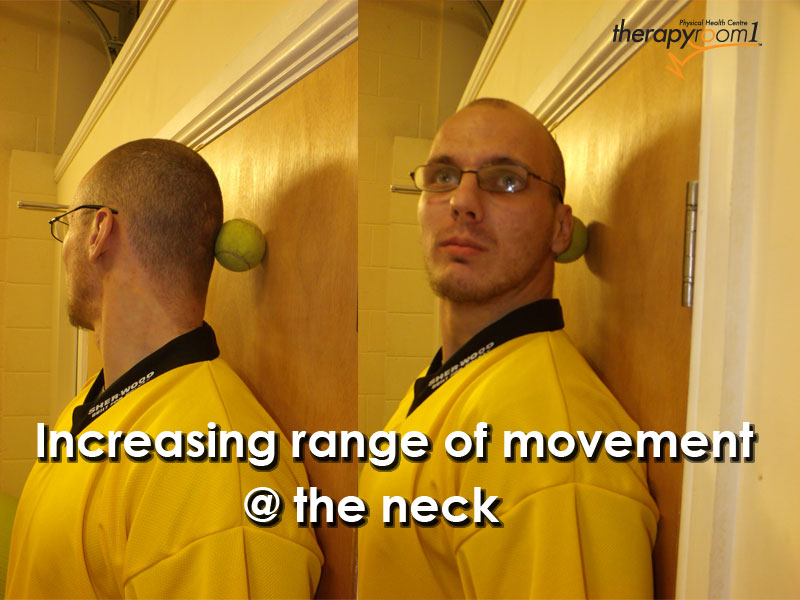Did you know that your neck is one of the most vital if not ‘the’ most vital groups of muscles anywhere in your body? Yet it is also one of the least taken care of areas too.
We all know that your head is the control centre for your body, so if your neck is the roadway that gets that signal to and from the brain, what happens when your neck (head) movement is restricted or stopped?
The more we become technological and less physical we will suffer from more illness and they will be combined with other illnesses to form syndromes.
Dr Vladimir Jander and Erik Dalton both talked about upper cross over syndrome, they said that Upper crossed syndrome (UCS) is characterized by facilitation of the upper trapezius, levator, sternocleidomastoid, and pectoralis muscles, as well as inhibition of the deep cervical flexors, lower trapezius, and serratus anterior.
Let me give you some figures for the normal range of movement in the neck so I can explain this better
| Flexion and Extension (chin up/chin down) | Extension = 80 degree Flexion = 50 degrees |
| Rotation (chin to the left/right shoulder) | Left/Right = 80 degrees |
| Lateral Flexion (ear to shoulder/not shoulder to ear) | Left/Right = 45 degrees |
The less movements of the neck = the more physical problems you will have
Patients with upper crossed syndrome can present with one or more symptoms:
- Back of the eye or eye strain
- Mouth breathing (sleep aponea), leading to dry mouth
- Face & neck pain
- Shoulder subluxation (partially dislocation) or nerve entrapment at the AC joint
- Upper back (thoracic) ache and stiffness
- Migraine, headaches, tinnitus
- Uncoordinated gait and loss of body balance (including dizziness)
- Humping in the spine
Okay there more be more on this topic in the educational section of this website coming up but for now let’s get back to the exercise.
Level: Beginner/Intermediate Level
Equipment: Tennis Ball
Exercise:
- Stand with you back to the wall or door.
- Place a tennis ball behind your head (place it just under the skull)
- Raise your head (chin) upwards (it does not matter how high)
- Keeping your head in contact with the ball and the ball with the wall or door rotate slowly to the left.
- Hold for 2-5 seconds
- Rotate the head to the right side (keep your chin up)
- Hold for 2-5 seconds
- Repeat for 3-5 times each side
